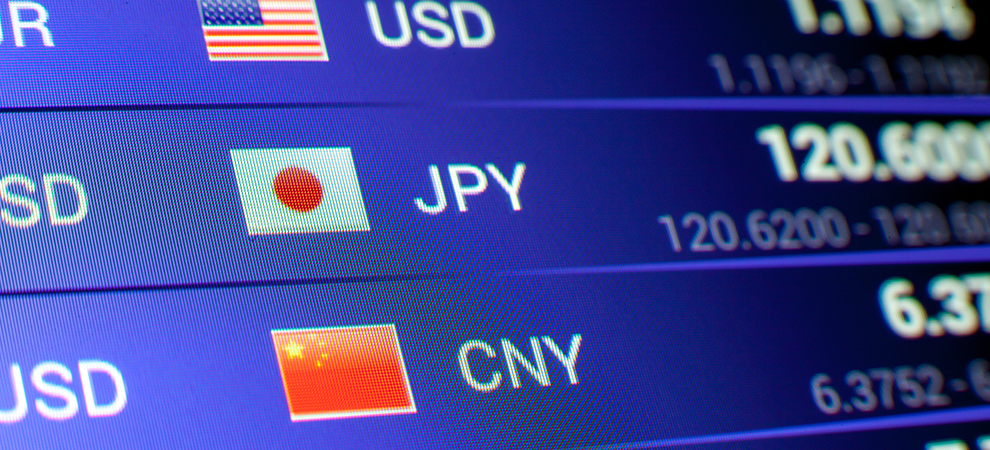U.S. Fed Rate Hike Impact on Asia Property Markets Revealed

The varied rate cycles in which markets in Asia Pacific currently find themselves should counterbalance the effect on property yields. There may be a gradual upward resetting of return expectations, which in the short term may be more muted as this move has been expected. However, this will work through as rates rise further in the future. Markets experiencing a softer outlook for rental growth or contracting rents may be more at risk of yields softening in response to higher rates. Yield expansion is more likely to occur in 2017 and beyond.
According to Dr. Henry Chin, Head of Research for CBRE Asia Pacific, the Fed’s rate hike this week will have the following impact on major Asian real estate markets as follows:
Australia
- Prior to the onset of the GFC, there was a strong linkage between Australian and U.S. interest rate cycles. While this relationship has decoupled, CBRE Research believes that higher U.S. rates and the pace at which they rise through 2017 will put pressure on the AUD. The Reserve Bank of Australia will be comfortable with this as a lower currency will lend further support to tourism, non-resource exporter income and some elements of the manufacturing sector. Higher rates in the U.S. will reduce any latent expectations for a domestic rate cut but will not change CBRE Research’s view that Australia’s official interest rates will be flat through most of 2016.
- The impact of the hike on Australian yields will be largely neutral as the Fed’s move was largely anticipated and already factored into pricing. There is still scope for a little more compression in the short term due to Australia’s relatively higher yield and interest rate structure which is still attracting significant flows of capital from offshore.
China
- The People’s Bank of China (PBOC) has implemented six rate cuts over the last 12 months and the rate hike in the U.S. will further close the yield gap between the two countries. China 10-year government bond yields currently stand just 80 bps above current U.S. 10-year government bond yields. The U.S. rate hike is likely to reinforce expectations of further RMB depreciation and limit room for further interest rate cuts by the PBOC.
- China has experienced a surge in capital outflows since the PBOC’s foreign exchange reform in August 2015. The country’s foreign exchange reserves decreased from a peak of US$4.0 trillion in August 2014 to US$3.4 trillion in November 2015, despite the strong trade surplus reported in recent months. The U.S. rate hike is likely to place additional pressure on the RMB as well as on China’s capital reserves.
- CBRE Research expects mild yield decompression across most asset classes (with the exception of logistics) and across most cities in 2016. However, this is predominantly due to concerns regarding oversupply and domestic economic challenges.
Hong Kong
- Interest rates are expected to rebound from ultra-low levels and hikes will be progressive. The impact on real estate demand will therefore be delayed until more substantial hikes in 2016/2017.
- All commercial property sectors are currently running at very low vacancy, which will help mitigate risks for landlords and investors, thereby alleviating the likelihood of a crash. Retail is the lone exception due to demand side factors which have emerged in recent quarters. Capital values will remain stable as rents hold firm due to low space availability. Yields will stay flat with the exception of retail street shops which need to expand to justify the higher demand risks.
India
- The Reserve Bank of India (RBI) has eased rates four times by a total of 125 bps since January. However, inflation began to increase again in November and the RBI is expected to keep rates stable in the near term. Any further hike will be dependent on how effectively commercial banks pass on lower rates to end users. The RBI has already anticipated the Fed’s rate hike by building up its forex reserves and being more prudent towards easing.
- The commercial real estate market is performing well and vacancy is falling across most sectors and cities. Yields will remain flat or compress marginally in New Delhi and Mumbai in the long run but this will be due more to local factors than the rate hike in the U.S.
Japan
- Inflation is still below the Bank of Japan’s target of 2.0% by around H2 2016 and the central bank is therefore likely to maintain its lose money policy with a possibility of additional easing. The U.S. rate hike will therefore widen the yield gap between the two markets, thus further weakening the Yen against the Dollar.
- The financing environment should continue to be favorable and this is likely to encourage further cap rate compression in the investment market. However, CBRE Research believes this will largely be confined to regional and/or alternative (i.e. non-office) asset classes.
Singapore
- The rate hike is expected to have a minimal impact on SIBOR rates as the increase is minimal and has already been priced in. However, it will put further pressure on capital values in light of the weakening occupier market. The yield spread is not expected to compress any further.
South Korea
- The Bank of Korea’s (BoK) monetary policy committee unanimously held its base interest rate at 1.50% for a sixth straight month on December 10th. In the short term, the current low rate environment will most likely be sustained and commercial real estate yields will remain at current levels.
- The BoK has emphasized several times that it will not immediately follow the Fed in raising rates. This is because of the high levels of household debt on top of uncertainty about South Korea’s economic fundamentals. However, if the Fed implements additional rate increases, the BoK will be forced to follow suit. When this happens, financing costs will rise and capital values will fall, consequently triggering an increase in yields.


